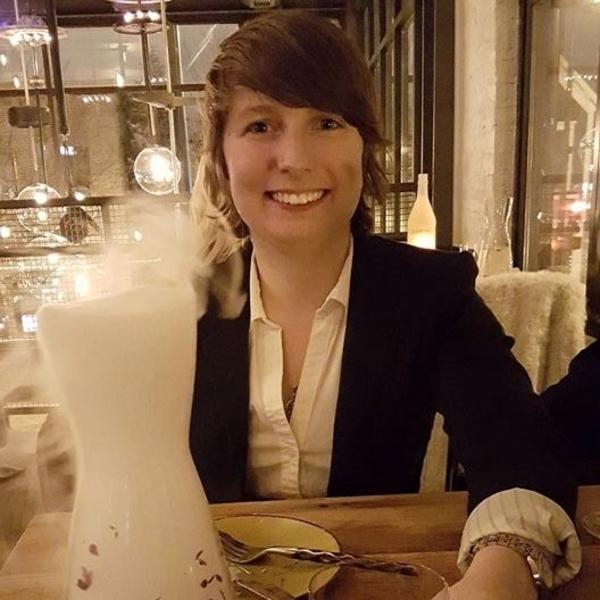Join us as we screen three prerecorded TED Talks and have a discussion afterwards. Refreshments will be served.
Post Event Recap:
After a brief introductory TEDx video, three TED Talks were screened:
- Artist and curator Shea Hembrey, "How I became 100 artists"
- Sculptor Dustin Yellin, "A journey through the mind of an artist"
- Favela painters Haas&Hahn, "How painting can transform communities"
Our viewing of the three videos really led us to analyze our main question, “how is art created?”
Someone mentioned that a common thread among all three videos was the lack of following structured rules and using mediums in innovative ways. For example, Dustin Yellin kept playing with layers and building materials to create. We almost all agreed that it was important for artists to know the rules/basics before they could break down structures.
We posed the question “what sparks creativity?” which received the following responses:
“Passion”
“Improvisation”
“It is an unanswerable question – some people need structure while others don’t need it at all.”
“Creativity is something we all possess and we need it in all professions e.g. we need creative bankers.”
Someone else mentioned how young children can be incredibly creative but over time seem to find it more difficult to express that creativity, which prompted someone else to flip the question, suggesting that since we are all creative in some way or another, the real question is “what blocks us from accessing that creativity?”
One person mentioned he had substituted for an art class, and he believed part of the solution was helping people discover and hone their inner talents. A few mentioned that they were currently taking art classes, and how they had to learn ground rules initially, but once they did improvisation became important. Even in a class where students were asked to all draw the
same object, the drawings came out differently because we all see the world differently.
Someone mentioned that Shea Hembrey seemed playful in his video, almost like he was making a bit of a satire of the world of art while acknowledging he was a part of that world. Someone asked is satire of art was also considered art, and many affirmed it could be because art can be so many things.
We appreciated how the last video dealt with the relationship between art and social justice. Art can often help communities feel a sense of pride that translates into fixing a neighborhood up or taking better care of it over time. We asked if community painting should be considered art, and participants responded yes because art is open and free. Someone pointed out that even clutter in someone’s home could be considered art in the eye of the beholder.
We wrapped up by concluding that art stems from a balance between the “freedom and discipline,” and even the right and left parts of the brain.
Further Reading/Watching:
- Shea Hembrey's website: http://www.sheahembrey.com/
- Dustin Yellin's website: http://dustinyellin.com/
- haas&hahn's website: http://www.favelapainting.com/page/haashahn
- TED Playlist: The Artist is In
- TED Playlist: The Creative Spark
- TED Playlist: A Trip to the Museum
1201 Cedar Lane
Northbrook Public Library
Northbrook, Illinois, 60062
United States
- Event type:
- Library (What is this?)
